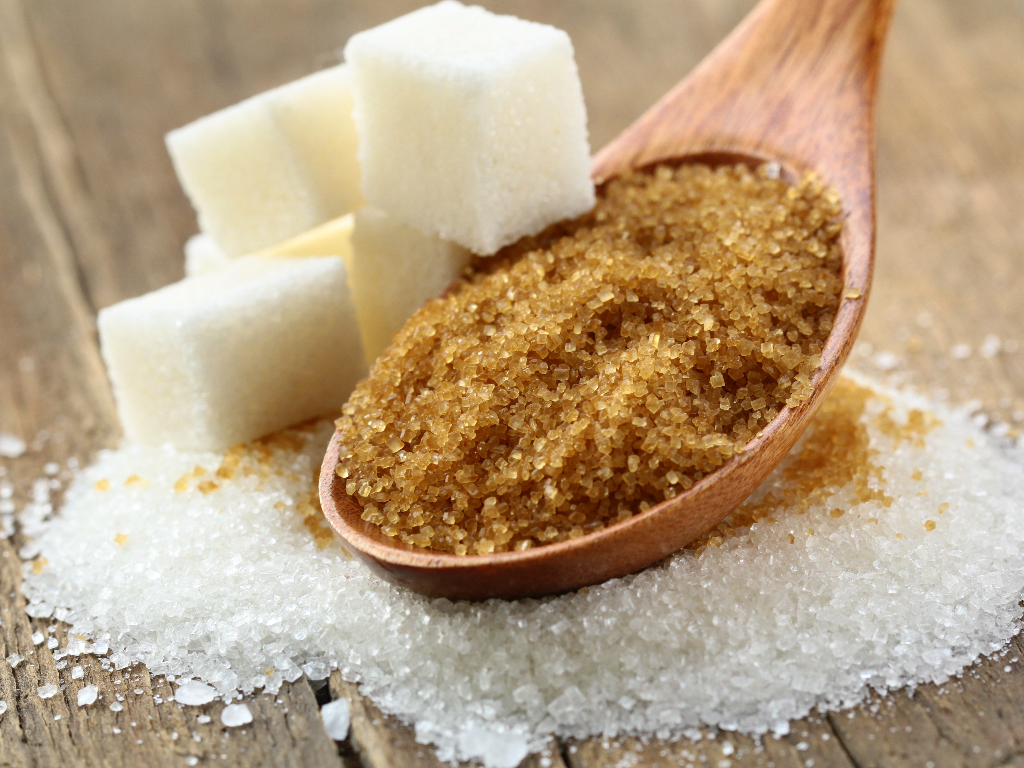This week, the sugar market across several African regions exhibited a mixed set of dynamics. In Kenya, there was a slight increase of 3 percent in the average wholesale brown sugar price, providing some relief to local importers who have been struggling with loss-making positions. Despite stable prices in South Africa, the situation in East Africa showed more fluctuation. Dar es Salaam experienced a drop of USD 31 per ton in brown sugar prices, continuing a significant downward trend that has seen a total reduction of USD 331 per ton since the start of the year. This decline was initiated by a production shortfall in the 2023/24 season that led to historically high prices, prompting government interventions to cap prices.
In Uganda, the average brown sugar price also decreased by 3 percent, reflecting an improved situation with a rebound in sugar output and sufficient stock levels that have allowed for exports to neighboring East African Community (EAC) countries.
In terms of shipping and logistics, the vessel Occitan Pessac carrying 10,560 tons of refined sugar has arrived in Mombasa, Kenya, where it is currently awaiting offloading, with no other significant shipments reported.
On the regulatory front, Kenya is grappling with several policy changes. The Ministry of Agriculture is seeking a two-month extension on duty-free sugar imports to manage a potential shortage and avoid price surges, as current concessions are set to expire. Simultaneously, the Kenya Revenue Authority (KRA) is implementing a new 5 percent tax on sugarcane among other agricultural products, aiming to widen the tax net, though this move has been met with resistance from growers concerned about the complexity of the new electronic invoicing system.
Meanwhile, Tanzania is making ambitious efforts to ramp up its sugar production by over 50 percent by 2025, attempting to address persistent deficits that have historically led to high retail sugar prices.
Overall, the Kenyan market is seeing some stabilization in sugar prices due to the strengthening of the Kenyan shilling against the US dollar, which has made imports cheaper and helped reduce the prices of sugar and other commodities significantly over the past two months. This trend offers a measure of relief to consumers and hints at potentially more balanced market conditions moving forward.
Source kulea.africa

